Smocking, a timeless and intricate sewing technique, has graced clothing and textiles for generations, adding elegance, texture, and flexibility to a wide range of fabric projects.
The art of smocking involves gathering the fabric in a decorative and often stretchy pattern, creating beautiful pleats and gathers that enhance both the appearance and functionality of garments.
In this comprehensive guide, we will delve into how to do smocking, providing step-by-step instructions and valuable tips on how to master this age-old craft.
From selecting the right fabric and marking the pattern to stitching and achieving even pleats, you’ll discover that smocking is a skill accessible to both beginners and experienced sewists.
Whether you’re looking to embellish children’s clothing, create stylish cuffs, or add a touch of vintage charm to your projects, the journey to mastering smocking begins here.
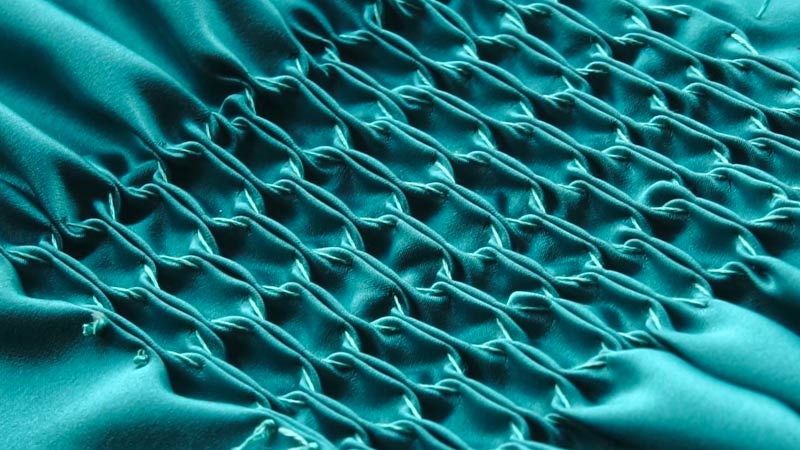
How to Do smocking?
Smocking is a traditional sewing technique that gathers fabric in a decorative and stretchy manner. It’s commonly used for embellishing cuffs, bodices, and sleeves of clothing or creating a comfortable, flexible waistband.
Here are the simple steps on how to do smocking:
Gather Your Supplies

Start by gathering your supplies, including fabric, embroidery floss or thread, an embroidery needle, scissors, an embroidery hoop, and a smocking pattern if needed.
Prepare Your Fabric
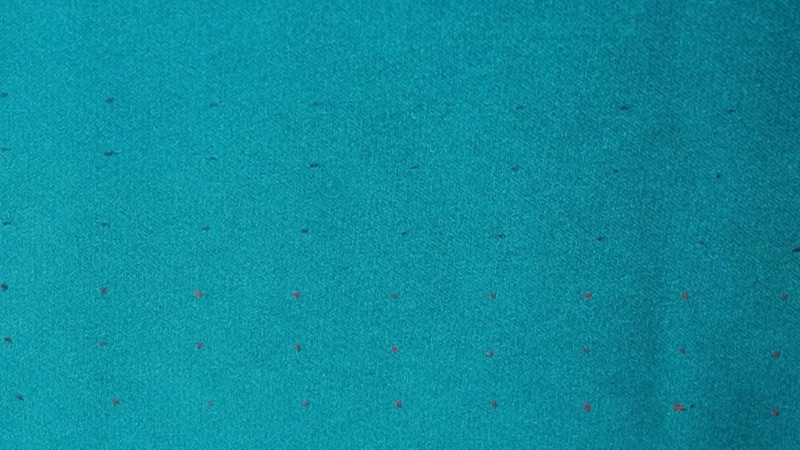
Ensure your fabric is flat, clean, and properly cut. It should be at least two to three times wider than your desired finished smocked width.
Transfer the Pattern
If you’re using a smocking pattern, transfer it onto your fabric using a washable fabric marker or chalk. This will serve as your guide for stitching.
Prepare Your Thread
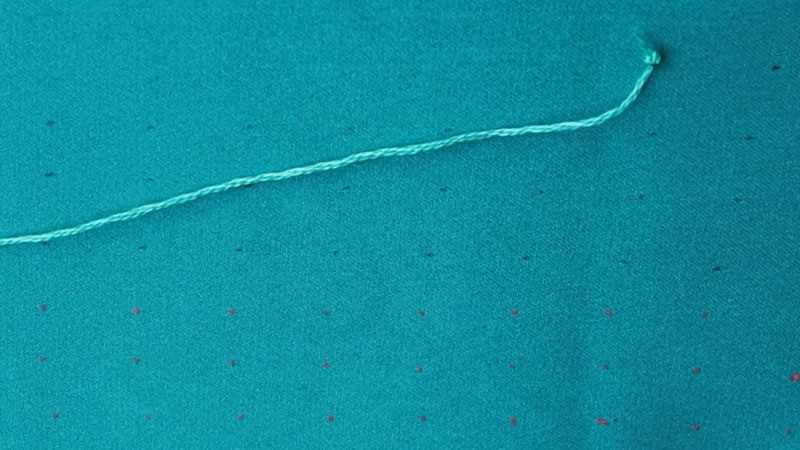
Thread your needle with a double strand of embroidery floss or a thicker thread that complements your fabric. Knot the ends together.
Start the First Row
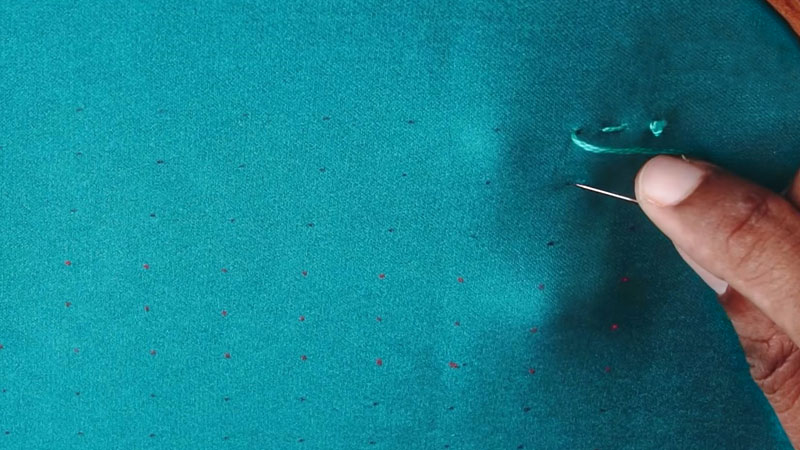
Begin your smocking by stitching a row of evenly spaced straight stitches along the first row of your pattern, working from left to right.
Form the Pleats
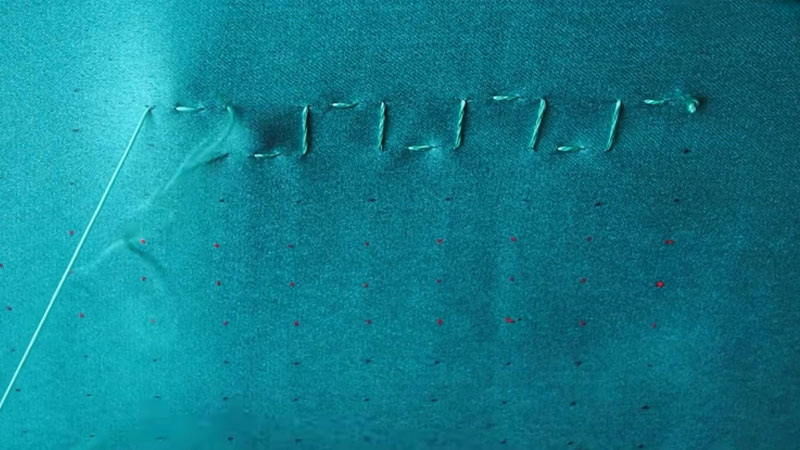
To create pleats, pull the thread tightly after each stitch, causing the fabric to gather and form small pleats. Ensure that the pleats are even and consistent.
Continue Stitching Rows
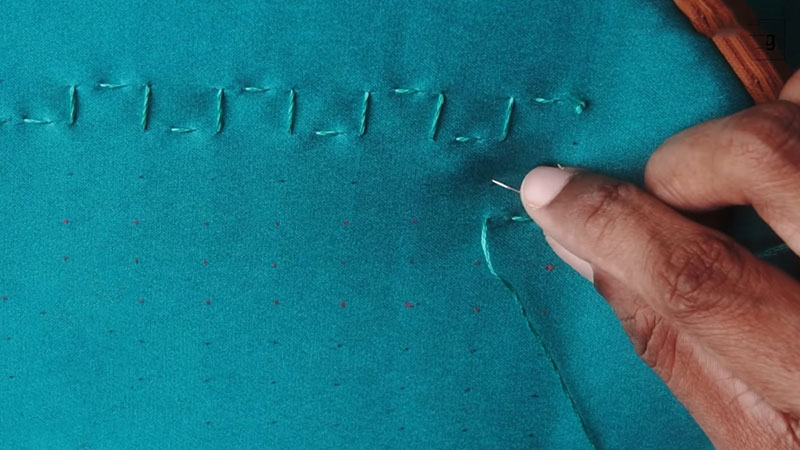
Repeat the process for the remaining rows of your pattern, spacing the stitches and pleats evenly. You’ll gradually see the smocked texture forming.
Secure the Rows
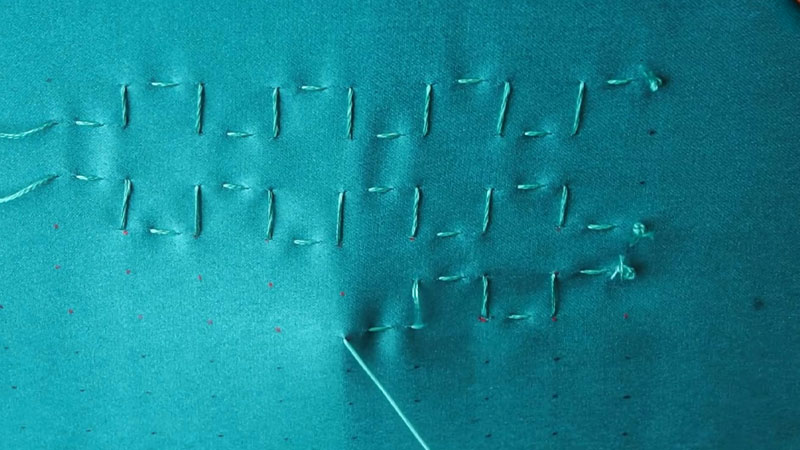
At the end of each row, secure the thread by taking a small backstitch to prevent the pleats from unraveling. Be careful in this step.
Finish and Press
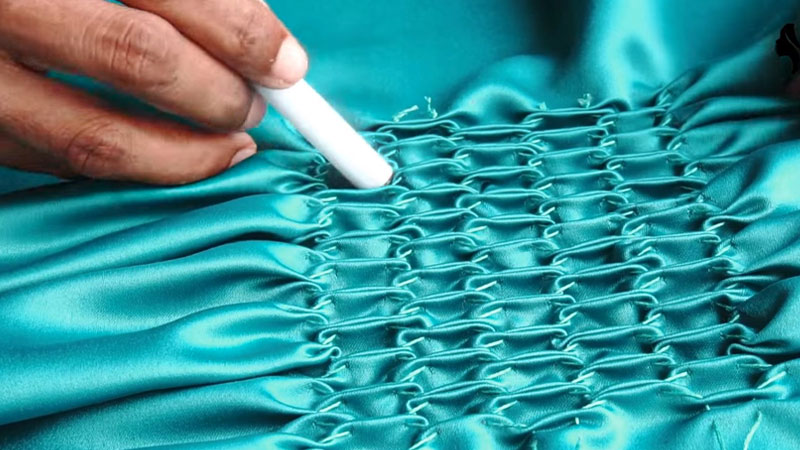
Once you’ve completed the smocking pattern, remove any visible markings and press the smocked area with an iron to set the pleats and create a neat finish.
By following these steps, you can master the art of smocking and incorporate this beautiful and functional technique into your sewing projects.
Smocking adds texture, style, and flexibility to garments, making it a valuable skill for creating elegant and comfortable clothing items.
What Is Smocking Used For?
Smocking is a versatile sewing technique with a rich history, and it serves various purposes in both fashion and functionality.
Here are some common uses for smocking:
Bodices and Dresses
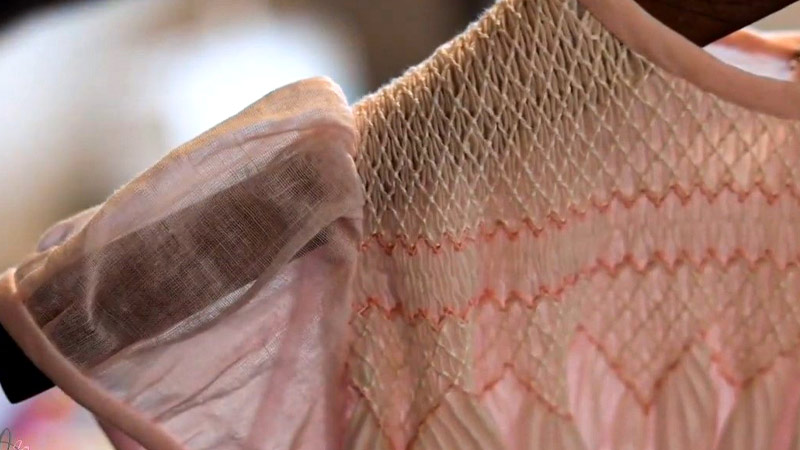
Smocking is often used to create decorative and form-fitting bodices on dresses, blouses, and children’s clothing. It adds texture and visual interest while allowing for flexibility and comfort.
Cuffs and Sleeves
Smocked cuffs and sleeves give garments a tailored and elegant appearance. The gathered fabric not only enhances the design but also provides a snug fit with stretch for ease of movement.
Waistbands
Smocked waistbands are a stylish and practical choice for skirts, pants, and dresses.
They offer a comfortable and adjustable fit, making them perfect for maternity wear or garments worn throughout the day.
Children’s Clothing
Smocking is commonly used in children’s clothing, such as dresses, rompers, and baby gowns. Its stretchy nature ensures a comfortable fit as children grow.
Lingerie and Sleepwear
Smocking adds a touch of elegance to lingerie and sleepwear, providing both decoration and stretch for comfort. It’s often used on camisoles, nightgowns, and pajama sets.
Home Decor
Smocking is not limited to clothing; it can also be applied to home decor items like throw pillows, curtains, and table linens. Smocked accents add a textured and visually appealing element to these pieces.
Historical and Costume Design
In historical and costume design, smocking is used to replicate authentic period clothing styles.
It helps recreate the intricate details of vintage garments, making it essential for historical reenactments and theatrical productions.
Smocking’s ability to combine beauty with functionality makes it a valuable technique in the world of sewing.
Whether you’re creating clothing with a decorative flair, ensuring a comfortable fit, or adding a vintage touch to your projects, smocking has a wide range of applications that can elevate your sewing creations.
tools used for smocking
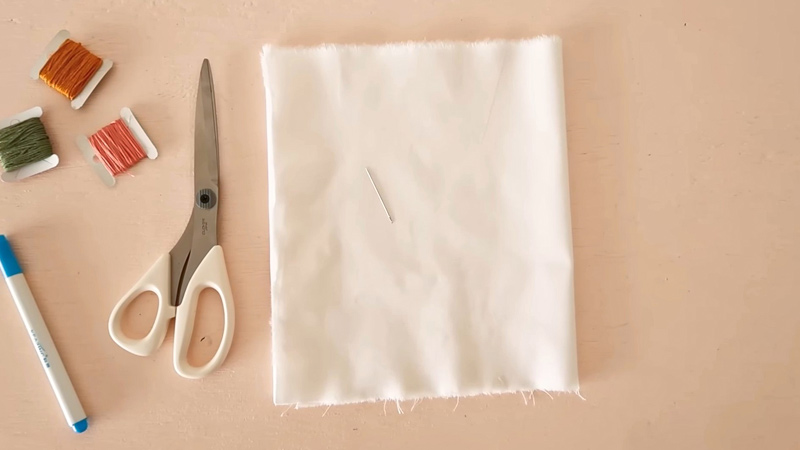
Smocking, a technique that involves gathering fabric in a decorative and functional manner, requires specific tools to achieve the desired results.
Here are some essential tools used for smocking:
Embroidery Hoop
An embroidery hoop, typically made of wood or plastic, is used to hold the fabric taut while working on smocking. It ensures even tension across the fabric, making it easier to create uniform pleats and stitches.
Fabric Marker or Chalk
Fabric markers or chalk are indispensable for transferring smocking patterns onto the fabric. These tools allow you to draw guide lines or markings that aid in accurate stitching.
Embroidery Needle
A special embroidery needle with a large eye is ideal for smocking. It accommodates thicker threads or multiple strands of embroidery floss, which are often used in smocking.
Embroidery Thread or Floss:
High-quality embroidery thread or floss is a key component of smocking. You can choose from a variety of colors to match your fabric and design.
Thicker threads or floss are commonly used to create beautiful gathers.
Thimble
A thimble protects your fingers from the repeated needlework involved in smocking. It’s especially helpful when pushing the needle through multiple layers of fabric.
Scissors
Sharp scissors are essential for cutting thread, trimming excess fabric, and snipping any stray threads. Precision cutting ensures neat and professional-looking smocking.
Iron and Ironing Board
An iron and ironing board are used to press the smocked fabric. This sets the pleats and gives your smocking a polished appearance. It’s a crucial step in finishing your smocked projects.
These tools are fundamental for successful smocking. They help you achieve even pleats, precise stitches, and a well-finished result.
With the right tools and practice, you can create beautifully smocked garments, accessories, and home decor items that showcase this intricate sewing technique.
FAQ
Smocking is a decorative sewing technique that involves gathering fabric in a pattern. Its purpose is to create texture, add design elements, and allow for stretch in garments or fabric projects.
While smocking requires practice, it is accessible to beginners. Starting with simple patterns and gradually advancing to more intricate designs can help build proficiency.
You’ll need fabric, embroidery floss, an embroidery hoop, a needle, fabric marker, scissors, and a thimble to protect your fingers during stitching.
Yes, you can design your own smocking patterns by sketching the desired pleat and stitch arrangement on your fabric. Alternatively, you can find pre-made smocking patterns to follow.
Smocking can be used on various projects, including dresses, blouses, cuffs, waistbands, children’s clothing, and home decor items like pillows and curtains, to add a decorative and functional touch.
Conclusion
Smocking is a cherished and versatile sewing technique that continues to captivate crafters and fashion enthusiasts alike.
By following the steps outlined in this guide, you can embark on a creative journey to master the art of smocking. With practice and patience, you’ll develop the skill and finesse to create exquisite pleats and gathers that elevate your fabric projects to new heights.
Smocking allows you to infuse your creations with a sense of tradition, elegance, and sophistication. Whether you’re designing clothing, home decor, or special gifts, smocking adds a unique and timeless touch that sets your work apart.
As you delve deeper into the world of smocking, you’ll find endless possibilities for incorporating this enchanting technique into your sewing repertoire, turning ordinary fabric into extraordinary works of art.
Leave a Reply